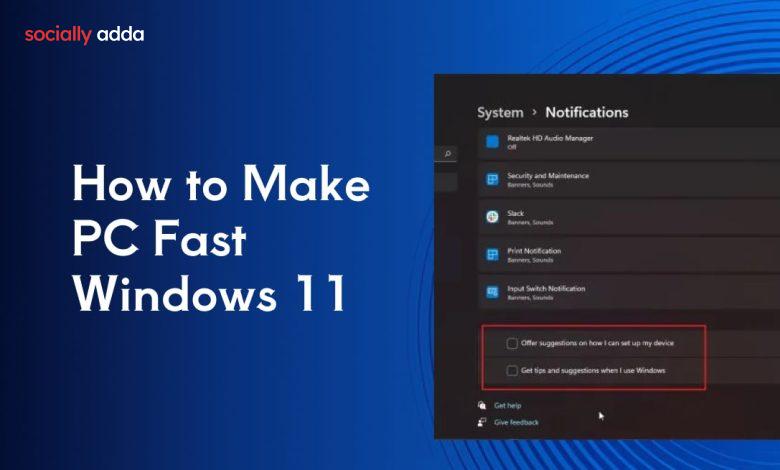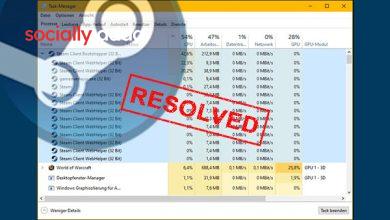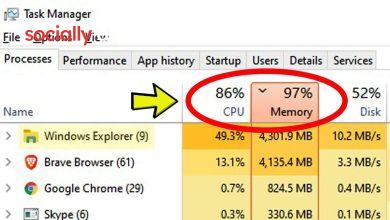How to Make PC Fast Windows 11| Cleanup Tips

Even new Windows 11 devices can become sluggish over time. Common causes include:
-
Too many startup programs
-
Outdated Windows versions
-
Cached files and leftover data
-
Limited storage space
-
Using an old hard drive (HDD)
-
Background apps and animations
Best Ways to Speed Up Your Windows 11 PC
1. Use Disk Cleanup Tool
Free up disk space by removing old installation files, temporary files, and system cache.
Steps:
-
Press
Windows + S, type Disk Cleanup, and open it. -
Select your system drive (usually C:) and press OK.
-
Choose files to delete (temporary files, recycle bin, etc.).
-
Click OK and confirm deletion.
2. Remove Temporary Files via Storage Settings
Windows 11 allows you to delete various temporary files using the built-in settings.
Steps:
-
Open Settings > System > Storage.
-
Click Temporary Files.
-
Select the files you want to delete.
-
Hit Remove Files and confirm.
3. Uninstall Unused Apps
Unused apps take up storage and may run in the background. Free up resources by removing them.
Via Settings:
-
Go to Settings > Apps > Installed apps.
-
Click the three-dot menu next to the app > Uninstall.
Via Control Panel:
-
Press
Windows + R, typeappwiz.cpl, and press Enter. -
Right-click the unwanted app > Uninstall.
4. Enable Storage Sense
Automatically clean up files when storage is low.
Steps:
-
Open Settings > System > Storage.
-
Toggle Storage Sense on.
-
Click into Storage Sense for cleanup options and scheduling.
5. Install Latest Windows Updates
Updates fix bugs, improve security, and enhance performance.
-
Go to Settings > Windows Update.
-
Click Check for updates and install available updates.
6. Disable Startup Apps
Unnecessary apps at startup delay boot time and slow the system.
Steps:
-
Press
Ctrl + Shift + Escto open Task Manager. -
Go to the Startup apps tab.
-
Right-click unwanted apps > Disable.
7. Adjust Power Settings for Performance
Switch from “Balanced” to “Best Performance.”
Steps:
-
Go to Settings > System > Power & battery.
-
Under Power mode, select Best Performance.
8. Turn Off Transparency Effects
Disable visual effects that consume processing power.
Steps:
-
Open Settings > Personalization > Colors.
-
Turn off Transparency Effects.
9. Clear Cached AppData
Hidden folders can store outdated data from apps you’ve already uninstalled.
Steps:
-
Open File Explorer > View > Show > Hidden Items.
-
Navigate to:
C:\Users\[YourName]\AppData\LocalandRoaming. -
Delete folders for uninstalled or unnecessary apps.
10. Empty the Recycle Bin
Files in the Recycle Bin still consume space.
-
Right-click the Recycle Bin on the desktop > Empty Recycle Bin.
11. Upgrade to an SSD
If your PC uses a traditional HDD, switch to an SSD (preferably NVMe) for a major speed boost.
12. Check for RAM or Memory Issues
Use Windows Memory Diagnostic Tool:
-
Press
Windows + R, typemdsched.exe, and press Enter. -
Choose to restart now and check for issues.






One Comment